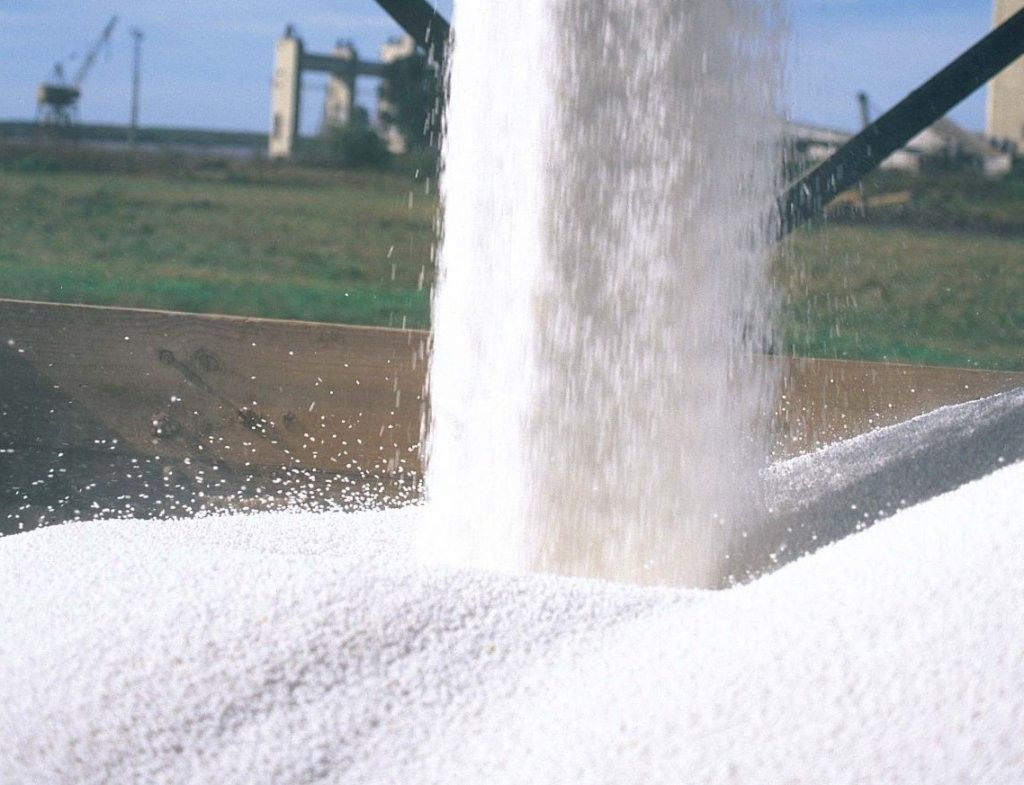This week, the Argentine market was very active in the purchase of phosphate fertilizers, while the demand for nitrogen fertilizers remains flat.
The possible reduction of the Argentine corn area this year, together with the announced reduction of the PAIS tax from 17.5% to 7.5%, means that fertilizer companies remain undecided in defining imports and it is likely that they will try to reach the end of this year with zero stock to avoid losses.
“This creates two levels of low purchasing intention abroad and, therefore, two possible bottlenecks in fertilization logistics,” warned a report by the consulting firm IF Engineering in Fertilizers.
After 9 years of growth and even surpassing soybeans in volume, the next corn planting would slip 21% according to the Rosario Stock Exchange
“It seems that the year will end with few purchases, few sales, low final stocks and a market that may not reach 4.0 million tons,” he added.
In this context, considering the upward trend in prices present in the international market, some Argentine producers are anticipating purchases of MAP and DAP, given that such products, being 100% imported, are the ones that show the highest probability of registering shortages in the event of a recovery in demand (which is not foreseen for the moment).
As for urea, the outlook is different because, in addition to a much calmer international market, Argentina has its own production of granulated urea to supply part of the internal demand.
“This week, importers began offering and lowering prices for nitrogen fertilizers, perhaps without managing to improve sales volumes much. Thus, urea in the wholesale market saw its value fall by 20 USD/ton during the week,” said IF Engineering in Fertilizers.
As for the global market, India announced a new tender for urea purchases, which will close on August 19, which could boost the low prices of the product.
In terms of phosphate, Asia continues to dominate the market, with India leading in terms of volume purchased and China providing a large share of it, driving up DAP prices globally.
“This week India confirmed purchases of 130,000 tonnes of DAP, with China and Saudi Arabia being the two main suppliers. Prices rose to US$620-635/tonne,” the report said.
“Russia raised DAP prices following Indian purchases to $565-595/tonne FOB, while MAP remained unchanged at $595-600/tonne,” it added.
In Brazil, buyers and sellers are unable to find price points and sales remain very low, leaving the MAP unchanged at a reference value of US$635/tonne CFR.


